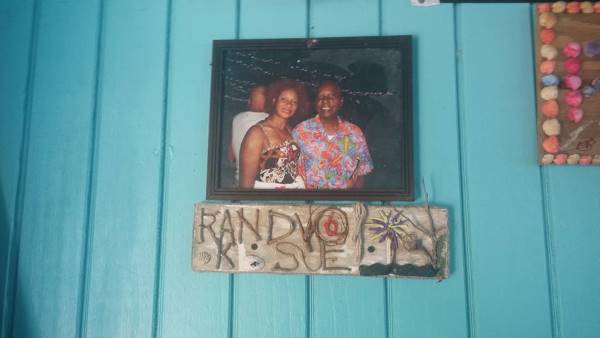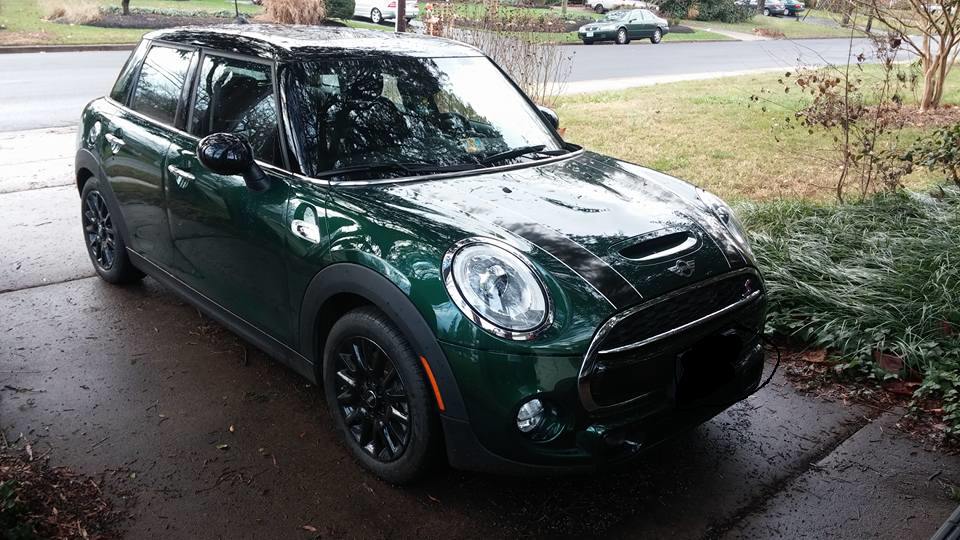1. Laughed at 2. Ignored 3. Fought 4. Accepted
We appear to be on Step 3 of the Gandhi Disruption Scale in the public media world (most of the media has at least shaded toward Step 4).
***
One of the necessary tasks of management is to handle some smelly work at times while maintaining a calm facade. Thus, I actually had a twinge of sympathy for Chris Turpin when he had to codify this really dumb new NPR policy (in the ethics handbook, no less). I seriously doubt he buys the underlying premise for one second and I’d be really disappointed to find out I was wrong:
If you read this story, you’ll grasp the public radio politics that apparently made this move necessary. In reality, the policy has little impact other than to placate people who need constant placating, but it sends an ugly message to the disruptors. It tells them: Know your place.
I’ve worked for a series of employers whose base products were being disrupted — NPR, USA Today, CNN, even AOL when the dialup wheels started coming off — and there always was an attempt at some point to punish the future of the franchise under the guise of protecting the base. It’s the punishment phase, in fact, that’s a sign that the real purge is nigh — when acceptance sets in and the legacy media company faces reality.
So from that standpoint, I guess it’s a good sign that NPR is involved in this silliness. It’s a step in an evolution. Of course, I don’t work there any more, so I can troll NPR on Twitter:
So, NPR apparently has implemented a 'don't ask, don't tell' policy for podcasts.
— Randy Lilleston (@RLilleston) March 18, 2016
Brainstorming idea: An NPR podcast that consists of nothing other than mentions of other NPR podcasts.
— Randy Lilleston (@RLilleston) March 18, 2016
And the NPR One app? OH MY GOD KILL IT NOW KILL IT KILL IT
— Randy Lilleston (@RLilleston) March 18, 2016
(guess I've pretty much cratered any chance I had of working in public radio again.)
— Randy Lilleston (@RLilleston) March 18, 2016


